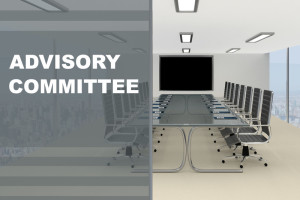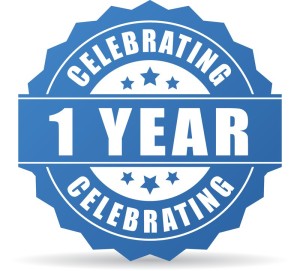Are you used to working in a large organization with a lot of support departments, established policies and procedures, and administrative systems? If so, you may complain about some of it as being bureaucratic, too slow and burdensome. You may take a lot of it for granted. But it also helps you get your work done most days.
too slow and burdensome. You may take a lot of it for granted. But it also helps you get your work done most days.
Before you think the grass is greener on the other side as the saying goes, remember that start-ups don’t have any of this day one. By the end of the first year they probably have the basics in place. As they grow and scale, they create the new systems and processes they need.
I am one of those people who worked my entire career in very large organizations. I’ve been on the start-up side with StarBridge Advisors now for a year and a half. We were fortunate to have basic back office functions available day one through a shared service agreement. But there has still been a lot of new to create.
Based on this new world for me, it’s probably no surprise that I have some lessons and tips to pass along. Here goes:
Create standard templates – Whether it’s administrative tools to reuse such as your master services agreement (MSA) and statement of work (SOW) or tools for client work such as interview forms and assessment outlines, you need to create and continually evolve them. It will make you more efficient and provide consistency for your team and your clients. Our Toolkit for Interim IT Leaders is one example of those tools.
Establish repeatable processes – That old saying “no need to re-invent the wheel” is applicable here. But first you need to create your “wheels” for different processes then regularly revisit them to ensure they are as streamlined as possible.
Share documents – Creating a document repository with good version control should be a first order of business for even the smallest of firms. After all, you need a place for all those templates and documented processes.
Don’t duplicate efforts – Be clear who is responsible for what and who owns what. Collaborate and get feedback from one another but don’t trip over each other. You have a small team and limited hours so every minute counts. Continue reading









